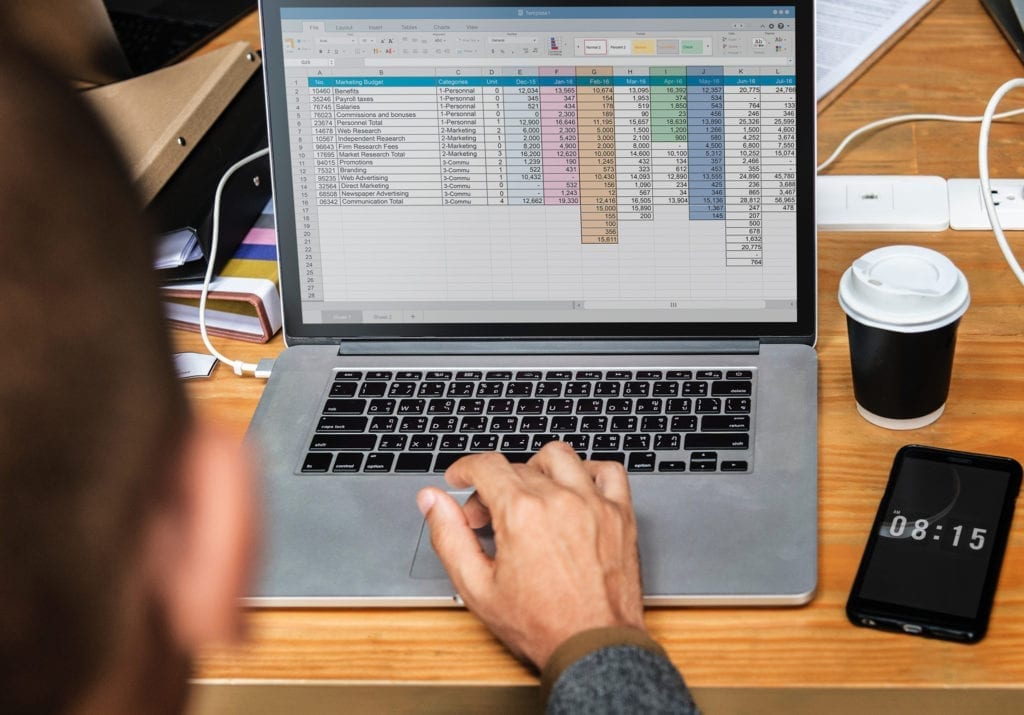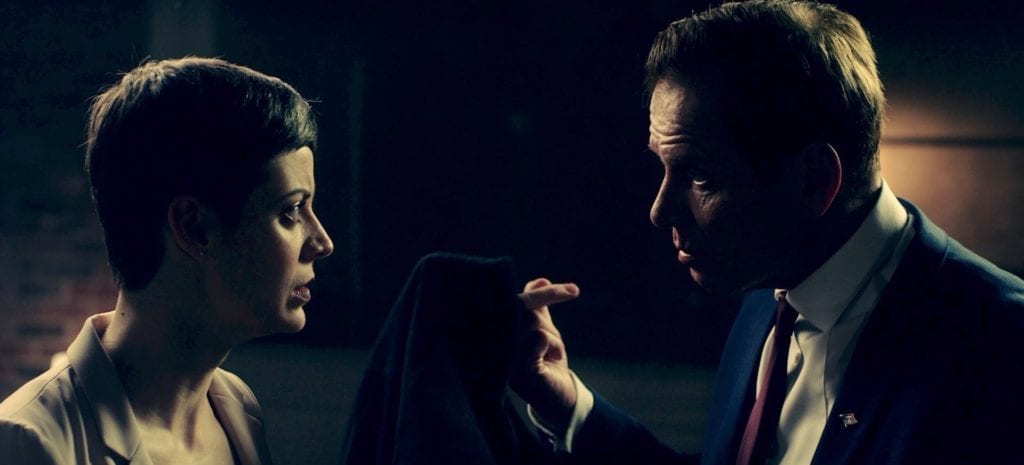How to make a short film with these 7 resources
In this post, we list some resources that will help you learn how to make a short film from pre-production through post-production. This post is more for beginners, but it never hurts to go back to the basics for those who possess a bit more experience, either. We list a few products and services here that will help when producing a film, but we don’t have any affiliate links. They’ll all help you understand the basics of the film production process.
1. Books

Screenwriting books are a great way to take your story and get it into the proper format, but even novels and biographies can serve as inspiration for stories. Don’t just plagiarize or adapt something to which you don’t have the rights (unless it’s just an exercise to practice), but stories certainly inspire other stories. Read all kinds of books. Business books, poetry collections, non-fiction, horror novels, anything and everything. Some examples:
Screenwriting by Syd Field
The Big Book of Blackjack by Arnold Snyder
Shelley’s Poetry and Prose by Percy Bysshe Shelley
Introduction to Java Programming by Y. Daniel Liang
Master Shots by Christopher Kenworthy
Each of these books will teach you something about storytelling, whether it be a content basis for a story, visual inspiration, or narrative structure. Books provide inspiration kernels.
2. Screenwriting software

There are a few options when it comes to screenwriting software. For beginners, we recommend a free option such as Celtx. There’s also Final Draft, WriterDuet, Storyist, Trelby… the list goes on. Honestly, we’re pretty old school and recommend jotting your ideas down by hand at first, then maybe typing them up in Notepad, and then once you have your story structure port it into screenwriting format. But these are some options for once you’ve got a basic framework established.
3. Film budgeting software

Again, we recommend starting with a simple Notepad file, scratchpad, or whiteboard before getting anything on the computer, but once you do have that basic financial framework laid out, you’ve got a few options. You can use Microsoft Excel or Google Sheets if you’re comfortable working in spreadsheets, or you could purchase Movie Magic Budgeting software, which is what I use for more serious projects. I’m not a big spreadsheet guy, and Movie Magic helps me visualize the budget a lot more nicely than a traditional spreadsheet does. But you really don’t need it. A free Google Sheet will do just fine. And if you subscribe to our email newsletter for film funding updates, you get a free short film budget template.
4. Films, television series, and video games

This one’s pretty obvious. Go watch content! Feature films, short films, independent films, big budget studio films, documentary films, TV series, and story-driven video games will all help train your visual storytelling ability. You’ll be able to identify what makes a good shot, see what elements contribute to narrative arc, and experience some “holy sh*t” moments. Some examples:
Red Dead Redemption
Requiem for a Dream
The Meyerowitz Stories (New and Selected)
Oldboy
Take a scene from one of these examples, and see if it works on its own outside of the greater film. Odds are it does. If you’re really stuck, model your short film structure after a scene from the above list.
5. YouTube and Vimeo
We recommend watching two kinds of online videos besides actual movies–video essays and filmmaking tutorials.
Video essays help analyze existing films so you can learn from their techniques…
…while tutorials help you to learn specific aspects of production.
The key to making a film is blending these two together–theory and practice. Video platforms like YouTube and Vimeo make learning film theory and visual examples incredibly easy. Use as many free resources as possible!
6. Lynda and other online courses

Want to learn something really specific, and YouTube tutorials just aren’t cutting it? Get a paid subscription to LinkedIn’s Lynda service, where you can take a ton of online courses in color grading, lighting, writing, etc. Also check out Udemy and Skillshare. Although, you can find mostly everything you need on YouTube.
7. The Film Fund 😀

Hey, it’s us! Yes, The Film Fund serves as a great resource for making a short film. You can submit to get funding, get a free short film budget template, read about storytelling and producing tips on our blog, and more. Ask us any question your heart desires, and check out our funding opportunities.
You could use a million different solutions for things such as call sheets, shooting schedules, or even more complex budget samples, but these basic tools are what help us the most in the production process.